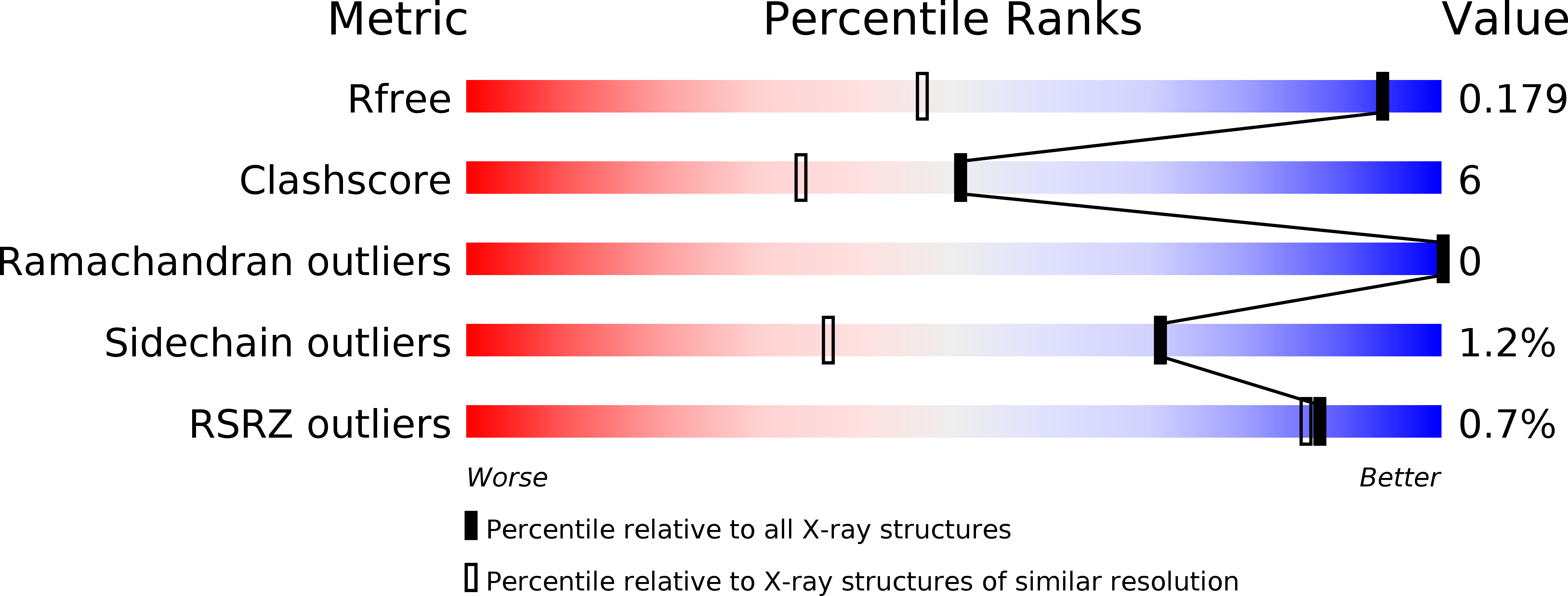
Deposition Date
2013-02-26
Release Date
2013-08-21
Last Version Date
2024-10-16
Entry Detail
PDB ID:
4JEA
Keywords:
Title:
Crystal structure of an engineered Zn-RIDC1 construct with four interfacial disulfide bonds
Biological Source:
Source Organism:
Escherichia coli (Taxon ID: 562)
Host Organism:
Method Details:
Experimental Method:
Resolution:
1.22 Å
R-Value Free:
0.17
R-Value Work:
0.13
R-Value Observed:
0.13
Space Group:
P 1 21 1


